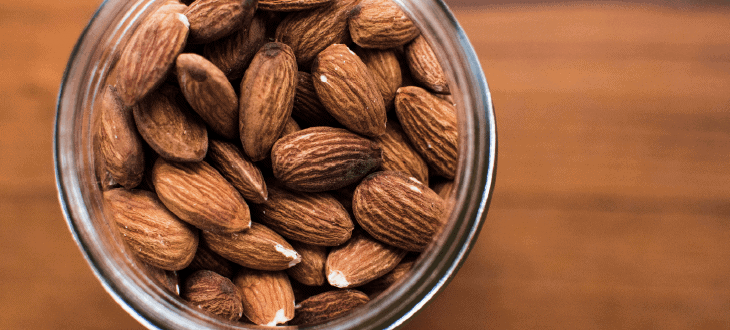Food for Thought: What are Free From Foods?
The rise of “Free From” foods shows no sign of slowing as we start the new decade. Looking back just 2-3yrs, grocery shoppers forked out an additional £240 million on these specialist foods in the UK alone. That’s a whopping 40% rise since 2018.
So what does the term “Free From” actually mean, and how are consumers benefitting from its wider availability?
Free From: A Definition
First up, let’s get a definition of what Free From actually is.
The subject can get a little nebulous. Free From isn’t a government backed or organised standard. It’s not a brand name either, even though some supermarkets do use it that way.

So what exactly does the term mean?
In essence, it could be described as “A food product that has had an ingredient removed or replaced”.
ViewShoppingCart.com also has a great post and definition on What are Free From Foods?
What Would Be the Point of That?
The earliest use of the Free From moniker was in bread and cereal based products. These items still constitute the majority of Free From foods today.
Celiac disease (an inability of the body to process gluten, a protein found in wheat) has been on the rise since the early 1990s, but in the last decade has grown to epidemic proportions.
Free From breads, cereals and pastas replace traditional wheat with other gluten-free “flours” like rice, oat and buckwheat, giving celiac suffers the same options as regular diners.
Expanding Beyond Wheat
These days, use of the term “Free From” has expanded to include things like dairy, where traditional milk is replaced with dairy-free alternatives like oat, soy and almond instead.
Funnily enough, those same ingredients (Oat, Soy, and Nuts) often make an appearance on many Plant Based Diets.

Many people cannot digest lactose (the sugar found in milk and dairy products) so just like with wheat-free breads, these milk substitutes allow sufferers to enjoy their regular foods.
Some Crossovers
As noted earlier, the criteria determining whether a food is “Free From” or not can get a little tenuous. Where the label used to cater for distinct allergies, it now often caters to ethical consumers as well.
Health conscious shoppers now demand foods with zero GMOs (Genetically Modified Organisms) and pesticides as well as plant based substitutes to a wide range of traditional items.
There’s now something of a crossover and a blurring of the lines between Free From and terms like “ethical”, “vegan”, “organic” and “unprocessed”. Though some of those labels require specific legal certification.
I Don’t Have Allergies – Would I See Any Benefits If I Ate Free From Foods?
The short answer is – maybe.
Many health conscious shoppers see huge benefits from giving up things like gluten (wheat), even if they haven’t been diagnosed with celiac disease or any intolerance to gluten.

Alternative carbohydrate sources such as buckwheat and oat flours often have a better glycemic index. This means that they prevent blood sugar spikes and keep you feeling fuller for longer. Beyond that, many people simply feel better for having eliminated certain food groups from their diet.
If your digestion improves, then there’s certainly no harm in going “Free From”.
Free From foods also lend themselves well to Plant Based Diets. In fact, there’s a lot of cross-over between many of these diets. It’s no coincidence that all of these diets make use of similar food types or alternatives.
Why not try replacing your regular dairy and wheat products with Free From alternatives for a month and see how you feel?
You never know, you might discover a whole host of improvements you had no idea were possible!
Going a Step Further
Want to try something new?
Why not give a Plant Based diet a go this year?
If you’re interested, the post Why You Should Try a Plant-Based Diet in 2023 is a great starting point for this.
